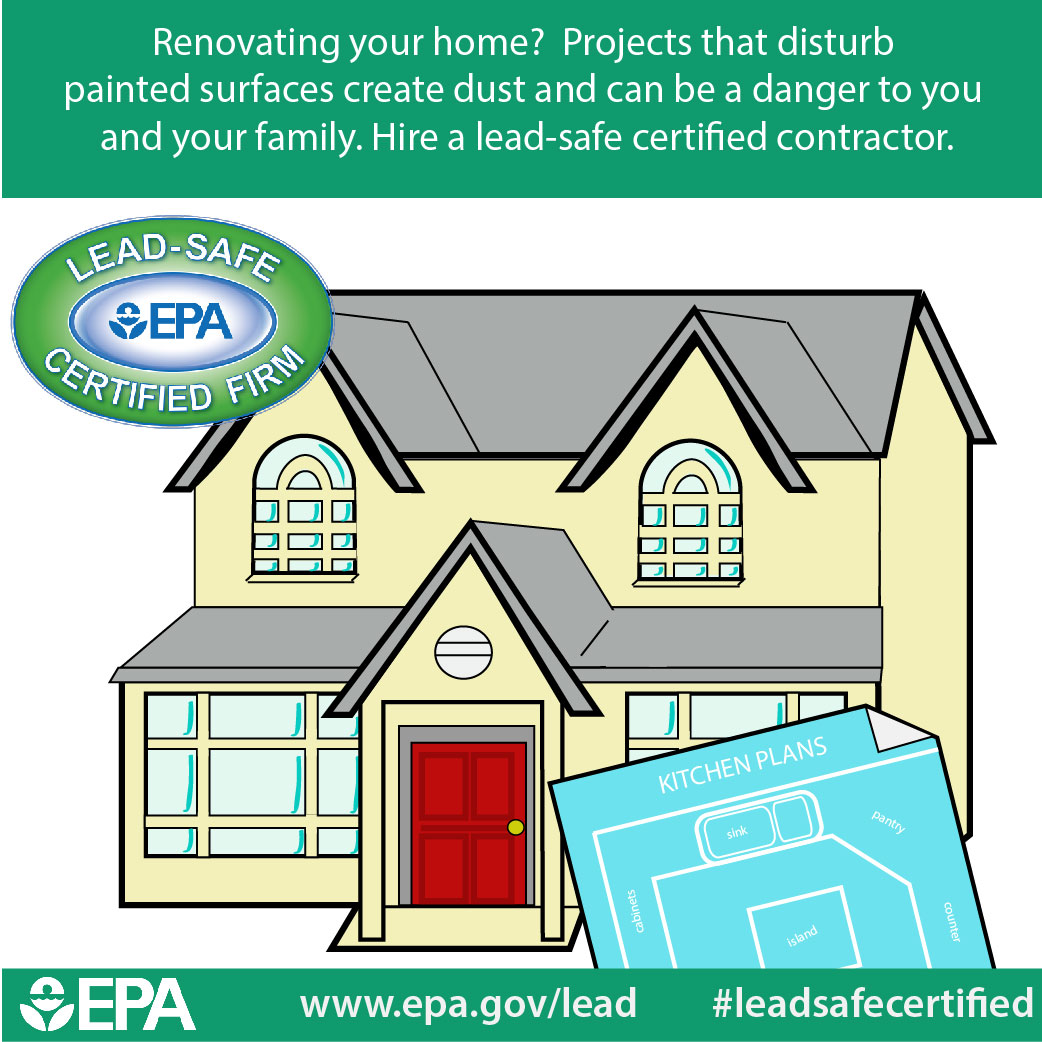Comprehending The Influence Of Weather Condition Is Vital For Your Commercial External Painting Project-- Discover Just How It Can Eventually Affect Your Results
Comprehending The Influence Of Weather Condition Is Vital For Your Commercial External Painting Project-- Discover Just How It Can Eventually Affect Your Results
Blog Article
Staff Writer-Weiss Silver
When you're preparing a business exterior paint task, don't take too lightly the effect of weather on your outcomes. You need to think about factors like temperature level, humidity, and rainfall, as they can make or break your paint job. For example, did you recognize that ideal problems require details temperature level arrays and humidity degrees? Falling short to monitor these facets can lead to uneven finishes or even damage to fresh paint. Recognizing these elements is essential to achieving a resilient, expert outcome. So, what specific weather conditions should you watch out for?
Temperature Considerations
When it concerns industrial exterior paint, temperature plays a vital role in the result of your job. If you're painting in extreme heat, the paint can dry too swiftly, resulting in issues like poor adhesion and uneven finishes. You want to go for temperatures between 50 ° F and 85 ° F for the best results. Listed below 50 ° F, paint may not treat correctly, while over 85 ° F, you run the risk of blistering and breaking.
Timing your task with the ideal temperature levels is vital. Begin your work early in the early morning or later in the afternoon when it's cooler, especially throughout warm months.
Also, think about the surface area temperature level; it can be dramatically higher than the air temperature, specifically on sunny days. Make commercial kitchen walls of a surface thermostat to check this prior to you begin.
If temperatures are unpredictable, watch on the weather report. Sudden temperature level drops or warm front can derail your plans. You do not want to start painting just to have the problems alter mid-project.
Humidity Levels
Humidity degrees substantially affect the success of your commercial outside paint task. When the moisture is too high, it can hinder paint drying and healing, bring about a series of concerns like bad attachment and complete top quality.
If you're planning a job during damp conditions, you could discover that the paint takes longer to completely dry, which can expand your job timeline and increase prices.
Conversely, low moisture can additionally position obstacles. Paint may dry too quickly, preventing correct application and resulting in an irregular surface.
You'll wish to keep an eye on the moisture degrees closely to guarantee you're working within the ideal variety, generally between 40% and 70%.
To obtain the best results, think about utilizing a hygrometer to determine moisture before beginning your task.
If you find the degrees are outside the optimum array, you might need to readjust your timetable or pick paints created for variable conditions.
Always seek advice from the maker's standards for certain referrals on moisture resistance.
Rainfall Influence
Rain or snow can considerably disrupt your business external painting plans. When rainfall takes place, it can remove freshly used paint or create an uneven coating. Ideally, you intend to choose days with dry weather condition to ensure the paint adheres properly and remedies properly. If you're caught in a shower, it's finest to halt the task and await problems to boost.
Furthermore, snow can be even more detrimental. Not only does it produce a damp surface, but it can also reduce temperatures, making it tough for paint to dry. This can bring about concerns like peeling off or blistering down the line.
It's crucial to check the weather report before starting your job. If rainfall or snow is forecasted, think about rescheduling.
Constantly keep in mind to allow adequate drying out time in between coats, especially if the weather condition stays uncertain.
Conclusion
To conclude, watching on the climate is necessary for a successful business external paint task. By keeping track of temperature, moisture, and rainfall, you can make sure the very best problems for application and healing. Bear in mind to prepare your job around positive weather and constantly follow maker standards. With why not try these out , you'll achieve a long-lasting, stunning finish that can hold up against the elements. Don't allow the climate capture you off guard-- stay notified and repaint clever!
